Home>Furniture>Outdoor Furniture>How To Stay Warm In A Hammock
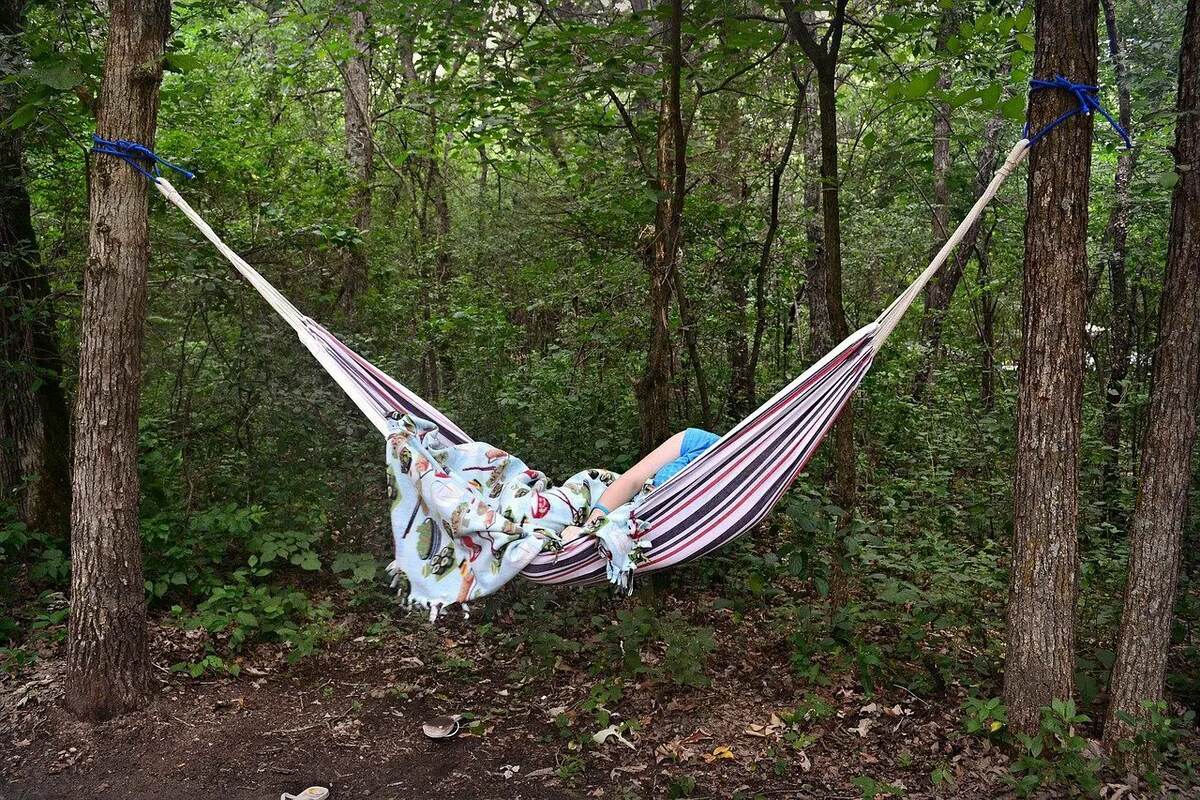

Outdoor Furniture
How To Stay Warm In A Hammock
Modified: March 19, 2024
Discover the best ways to stay warm in your hammock with our outdoor furniture tips and tricks. Stay cozy and comfortable during your outdoor adventures.
(Many of the links in this article redirect to a specific reviewed product. Your purchase of these products through affiliate links helps to generate commission for Storables.com, at no extra cost. Learn more)
Introduction
When it comes to enjoying the great outdoors, nothing beats relaxing in a hammock. Whether you’re camping, hiking, or simply spending a leisurely afternoon in your backyard, hammocks provide a comfortable and serene escape. However, as the temperatures drop, it may seem daunting to stay warm and cozy in a hammock. But fear not! With the right preparations and accessories, you can extend your hammock season well into the colder months.
In this article, we will explore various tips and techniques to help you stay warm in a hammock, ensuring that you can enjoy the benefits of outdoor relaxation throughout the year. From choosing the right hammock to incorporating insulation and utilizing additional accessories, we’ll cover everything you need to know to make your hammock experience comfortable and cozy, no matter the temperature.
So, grab your favorite blanket and let’s dive into the world of staying warm in a hammock!
Key Takeaways:
- Stay warm in your hammock by choosing the right one with built-in insulation and using underquilts, sleeping bags, and blankets for extra warmth. Position your hammock strategically and wear proper clothing to maximize coziness.
- Create a cozy hammock experience by incorporating hot water bottles, hand warmers, and tarp shelters. Stay hydrated, eat well, and use hot rocks or heated blankets for added warmth. Embrace the outdoors and enjoy the serenity of nature year-round.
Read more: How To Stay Warm At An Outdoor Event
Choosing the Right Hammock
When it comes to staying warm in a hammock, the first step is to choose the right hammock for your needs. Opting for a hammock with built-in insulation or cold-weather features is essential in colder climates. Look for hammocks made from materials such as nylon or polyester, as they offer better insulation and durability compared to cotton hammocks.
Consider getting a hammock with a double layer or one that has a pocket for inserting insulation material. These features help create a barrier between you and the cold air, providing an extra layer of warmth. Additionally, hammocks with mosquito netting or a rainfly can provide added protection against wind and precipitation.
Another factor to consider is the size of the hammock. A larger hammock allows for more space to stretch out, which can be beneficial when adding additional insulation layers. Choose a hammock that provides adequate room for you to lay comfortably and accommodate any insulation gear you may use.
Lastly, before purchasing a hammock, check its weight capacity to ensure it can support your weight and any additional gear you may have. A hammock that sags or stretches too much may compromise insulation and overall comfort.
By selecting a hammock specifically designed for colder conditions, you’ll set the foundation for a warm and cozy experience.
Insulating Your Hammock
Once you have chosen the right hammock, the next step in staying warm is to insulate it properly. Insulation helps to trap your body heat and prevent it from escaping, keeping you warm even in chilly temperatures.
One popular method of insulation is using an underquilt. An underquilt is a specialized piece of gear that hangs beneath the hammock to provide insulation from underneath. It acts as a barrier against the cold air and helps maintain warmth. Underquilts are typically made of synthetic or down insulation, and they attach to the hammock using suspension cords. Ensure the underquilt fits snugly against the bottom of your hammock for optimal insulation.
Another option for top insulation is using a topquilt or sleeping bag. These can be used inside the hammock in combination with an underquilt or as standalone insulation. Look for sleeping bags specifically designed for hammock use, as they often have features like adjustable footboxes and integrated draft collars to maximize warmth. When using a sleeping bag, make sure it is wide enough and long enough to provide adequate coverage and insulation.
In addition to underquilts and sleeping bags, you can also use blankets or quilts as insulation layers. Layering lightweight blankets or quilts on top of your sleeping bag or between the layers of your hammock can provide extra warmth. Opt for blankets made from materials like fleece or wool, as they offer excellent insulation properties.
Remember to adjust your insulation layers according to the expected temperatures. In colder temperatures, you may need multiple layers of insulation, while in milder conditions, a single layer might suffice.
By properly insulating your hammock, you create a cozy cocoon that helps retain your body heat and keeps you warm throughout your outdoor adventure.
Using a Sleeping Bag
A sleeping bag is a versatile and essential piece of gear when it comes to staying warm in a hammock. It provides a comfortable and insulated cocoon that helps trap body heat and keep you cozy throughout the night.
When choosing a sleeping bag for hammock camping, consider the temperature rating. Sleeping bags are typically rated for different temperature ranges, such as 20°F (-7°C) or 0°F (-18°C). Select a sleeping bag with a temperature rating suitable for the coldest conditions you anticipate encountering.
For hammock use, look for sleeping bags with features ideal for cold weather, such as a hood to protect your head and a draft collar to prevent cold air from entering. Opt for mummy-shaped sleeping bags that conform to your body, reducing the amount of air space inside and helping retain heat more efficiently.
To optimize warmth and insulation, properly position your sleeping bag inside the hammock. Lie diagonally across the hammock and spread the sleeping bag out to cover your body. This position allows you to take advantage of the full length of the sleeping bag and reduces compression, which can impact its insulation properties.
In colder temperatures, consider using a liner inside the sleeping bag for added warmth. Liners, made from materials like fleece or silk, can enhance the insulation of the sleeping bag and provide an extra layer of comfort.
Remember to zip up the sleeping bag fully and secure it snugly around you to minimize heat loss. Tucking the excess fabric under your body can help prevent drafts and keep warmth trapped inside.
Using a sleeping bag in your hammock creates a cozy and insulated environment that ensures a restful night’s sleep, even when temperatures drop.
Incorporating Blankets and Quilts
In addition to using a sleeping bag, incorporating blankets and quilts into your hammock setup can provide extra warmth and comfort during colder nights. These versatile pieces of insulation can be added as layers on top of or between the layers of your hammock for increased warmth.
When choosing blankets or quilts for hammock camping, opt for materials that offer excellent insulation properties, such as fleece or wool. These materials are known for their ability to trap heat and keep you warm. Additionally, consider the weight and thickness of the blankets or quilts, as thicker and heavier options tend to provide more insulation.
One common method is to layer a lightweight blanket or quilt on top of your sleeping bag. This adds an extra barrier against the cold air and helps trap your body heat. Ensure the blanket or quilt completely covers your sleeping bag and extends beyond the edges of your hammock for maximum coverage.
Another option is to use a quilt specifically designed for hammock camping. These quilts are often contoured to fit the shape of a hammock and have attachment points for easy installation. They are typically made with insulation materials like down or synthetic fibers, providing excellent warmth while being lightweight and compressible.
If you prefer a more DIY approach, consider making your own insulation layers using a combination of blankets and quilts. Layering multiple blankets or quilts on top of each other and securing them in place with clips or straps can create a customized insulation system tailored to your specific warmth needs.
Remember to adjust the number of blankets and quilts based on the anticipated temperature. In colder conditions, you may need to add more layers, while in milder temperatures, a single blanket or quilt may suffice. Experiment with different combinations to find the right balance of insulation and comfort.
Incorporating blankets and quilts into your hammock setup adds an extra level of insulation and ensures a cozy and warm experience, no matter how cold it gets outside.
Read more: How To Stay Warm In A Cold Swimming Pool
Utilizing Sleeping Pads
In addition to using blankets and quilts, utilizing sleeping pads can greatly enhance insulation and warmth in your hammock. Sleeping pads are designed to provide cushioning and insulation between your body and the cold ground, but they can also be used effectively in a hammock to provide extra insulation.
When selecting a sleeping pad for hammock camping, consider the insulation value, also known as the R-value. The R-value indicates the pad’s ability to resist heat flow, with higher values offering better insulation. Look for sleeping pads with higher R-values, especially if you anticipate camping in colder climates.
There are several types of sleeping pads available, including foam pads and inflatable pads. Foam pads are lightweight and durable, but they may not offer as much insulation as inflatable pads. Inflatable pads, on the other hand, can be adjusted for firmness and often provide better insulation due to the air trapped inside them.
To use a sleeping pad in a hammock, place it inside the hammock before getting in. Lie down on top of the sleeping pad, allowing it to conform to your body shape. This positioning helps insulate your backside and prevents cold air from seeping through the bottom of the hammock.
Another option is to utilize two sleeping pads. Place one pad beneath you inside the hammock, and another on top of the hammock, between the hammock and your blankets or sleeping bag. This double-layered approach provides even more insulation and helps trap heat effectively.
Remember to choose a sleeping pad that fits comfortably inside your hammock without being too narrow or too wide. Test the pad beforehand to ensure it stays in place and provides the desired level of insulation.
By incorporating a sleeping pad into your hammock setup, you add an extra layer of insulation and comfort, keeping you warm throughout the night, even in colder temperatures.
Use an underquilt or sleeping pad to insulate the bottom of your hammock. This will help to trap your body heat and keep you warm during cold nights.
Hot Water Bottles and Hand Warmers
When it comes to staying warm in a hammock, don’t overlook the power of hot water bottles and hand warmers. These handy accessories can provide instant warmth and comfort, especially during chilly nights.
Hot water bottles are a tried and true method of keeping warm. Simply fill a durable and heat-resistant bottle with hot water and securely seal it. Place the hot water bottle at the foot of your hammock, either inside or outside your sleeping bag, to provide warmth to your feet. The bottle will radiate heat throughout the night, keeping your extremities cozy.
Hand warmers are small packets that generate heat when exposed to air. They are portable and convenient to carry on camping trips. Activate hand warmers by shaking them vigorously or exposing them to the open air. Once activated, place them inside your pockets or inside your gloves to keep your hands warm and toasty. You can even tuck them beneath your armpits or in strategic areas of your sleeping bag for added warmth.
Both hot water bottles and hand warmers are readily available at camping supply stores and online retailers. They are affordable, easy to use, and can provide immediate relief from the cold.
Be cautious when using hot water bottles and hand warmers to avoid burns or discomfort. Always follow the manufacturer’s instructions, and use a protective cover or cloth to prevent direct contact with your skin.
By incorporating hot water bottles and hand warmers into your hammock setup, you can enjoy instant warmth and comfort, ensuring a cozy experience even in cold weather.
Creating a Tarp Shelter
In addition to insulating your hammock, creating a tarp shelter can provide an extra layer of protection against the elements, helping to keep you warm and dry. A tarp shelter acts as a barrier, shielding your hammock from wind, rain, and snow.
To create a tarp shelter, you will need a waterproof and durable tarp, along with paracord or ropes for securing the tarp. Choose a tarp that is large enough to cover your hammock, with extra length on each side for adequate coverage.
Before setting up your hammock, find two sturdy anchor points, such as trees, that are the right distance apart for your hammock. Attach the tarp above your hammock, ensuring it is tight and pitched at an angle to allow water to run off. Secure the tarp using the paracord or ropes, making sure it is taut and properly anchored.
If possible, consider adding additional side panels or a “porch” area to your tarp shelter. This will offer protection from side winds and provide a space to store gear or sit under during inclement weather.
When setting up the tarp shelter, be mindful of the positioning to maximize warmth. Place the opening of the shelter facing away from the prevailing wind to minimize drafts. Additionally, ensure the tarp does not touch the hammock, as this can transfer moisture and compromise insulation.
A well-pitched tarp shelter can provide a dry and wind-resistant environment, helping to retain heat and keep you warm throughout the night. It adds an extra layer of comfort and protection, especially in unpredictable weather conditions.
Wearing Proper Clothing
When it comes to staying warm in a hammock, wearing the right clothing is crucial. Proper clothing acts as an additional layer of insulation, helping to retain body heat and keep you cozy throughout the night.
Layering is key when it comes to dressing for colder temperatures. Start with a moisture-wicking base layer made from materials like merino wool or synthetic fabrics. This layer will help keep your body dry by wicking away sweat and preventing moisture from accumulating on your skin.
Add a middle layer for insulation. Fleece jackets and synthetic insulated jackets are excellent choices for trapping heat while still allowing for breathability. Choose a layer that provides enough warmth without being too bulky, as excessive bulk can compress the insulation of your sleeping bag or underquilt.
For the outer layer, wear a waterproof and wind-resistant shell jacket or pants. This layer will protect you from rain, snow, and wind, ensuring that you stay dry and warm inside your hammock. Look for garments with adjustable cuffs and a hood for added protection.
Don’t forget about your extremities! Wear a warm hat or beanie to prevent heat loss from your head. Insulated gloves or mittens will keep your hands cozy, and thermal socks or boot liners will help keep your feet warm.
While it’s important to dress warmly, make sure you don’t overdress. Sweating excessively can make you feel cold when your body cools down. Opt for breathable fabrics and adjust your layers based on the temperature and your personal comfort level.
Lastly, be prepared for sudden changes in weather by packing extra layers and accessories, such as a down jacket or a packable rain poncho. These items can provide additional warmth and protection if the temperature drops or if unexpected rain showers occur.
By wearing proper clothing and layering appropriately, you create a personal microclimate that helps retain heat and keeps you comfortable throughout the night in your hammock.
Positioning Your Hammock for Maximum Warmth
The positioning of your hammock plays a significant role in maximizing warmth and comfort during your outdoor adventures. By considering the following tips, you can ensure that you are making the most of your hammock for staying warm:
1. Angle your hammock: To prevent cold air from circulating underneath your hammock, position it at a slight angle instead of hanging it completely flat. This angle helps minimize drafts and increases the effectiveness of your insulation layers.
2. Adjust height and tension: Keep your hammock at a height that allows for a gentle sag when you lie down. Sleeping diagonally with a slight curve in the body provides a flatter sleeping surface and minimizes contact with the cold hammock fabric, maximizing insulation efficiency.
3. Utilize natural windbreaks: Look for natural features in your surroundings, such as trees or tall foliage, that can serve as windbreaks. Position your hammock in their shelter to block chilly winds and reduce heat loss.
4. Consider sun exposure: If you’re camping in cooler weather, take advantage of sunlight. Position your hammock in an area that receives direct sunlight during the day to soak up the warmth. Just be cautious not to overexpose yourself to direct sunlight, as it can lead to overheating.
5. Use your tarp strategically: If you have a tarp shelter, adjust its position to block wind and capture heat. Positioning the tarp at a lower height or angling it to enclose your hammock can help create a warmer microclimate inside.
Remember, it’s essential to adapt your hammock’s positioning based on the specific weather conditions and terrain of your camping location. Take time to assess your surroundings and make adjustments accordingly to ensure maximum warmth and comfort.
Additional Tips and Tricks
In addition to the previous tips, here are some extra tricks to help you stay warm and cozy in your hammock:
1. Eat a hearty meal before bedtime: Consuming a calorie-rich meal before sleeping helps fuel your body and generates natural heat, keeping you warm throughout the night. Include complex carbohydrates and healthy fats for long-lasting energy.
2. Stay hydrated: Drinking plenty of water throughout the day helps regulate your body temperature and keeps you warm. Hydration is especially essential in colder weather when dry air and exertion can lead to increased water loss.
3. Stay active: Engage in light exercises or movement before getting into your hammock. Physical activity increases blood circulation, generating body heat and preparing your body for a warm night’s sleep.
4. Avoid caffeine and alcohol: Both caffeine and alcohol can interfere with your body’s natural temperature regulation. Limit their consumption, as they can cause dehydration or disrupt your sleep patterns, affecting your ability to stay warm.
5. Hot drinks and snacks: Enjoy a warm beverage like herbal tea or hot chocolate before bed. The warmth can help raise your body temperature. Snacking on high-energy foods like nuts or dried fruit can also add an extra boost of warmth.
6. Use a hot rock or heated blanket: If available, warm a flat rock near a fire and place it at the foot of your hammock, wrapped in a cloth for safety. Alternatively, use a heated blanket or electric pad specifically designed for outdoor use to provide additional warmth to your sleeping system.
7. Stay dry: Moisture can quickly zap body heat, so make sure you and your gear stay dry. Change into dry clothing before getting into your hammock and ensure your insulation layers are dry and free from condensation.
8. Embrace the buddy system: If camping with a partner, consider snuggling up in the same hammock. Body heat from two people can create a warmer environment, especially when using a double-layer hammock or a larger-sized model.
Remember, every individual’s warmth tolerance and preferences may vary, so experiment with different methods to find what works best for you. By incorporating these additional tips and tricks, you can elevate your hammock camping experience, ensuring a warm and enjoyable adventure in any weather.
Conclusion
Staying warm in a hammock doesn’t have to be a daunting task. With the right preparations and accessories, you can extend your hammock season and enjoy the great outdoors even in colder temperatures. From choosing the right hammock to incorporating insulation, utilizing sleeping pads, and wearing proper clothing, each step plays a vital role in ensuring maximum warmth and comfort.
By selecting a hammock designed for colder conditions and insulating it properly with underquilts, blankets, and sleeping pads, you create a cozy environment that traps your body heat and keeps you warm throughout the night. Incorporating hot water bottles and hand warmers adds instant warmth and comfort, while creating a tarp shelter provides an extra layer of protection against wind and rain.
Additionally, wearing appropriate clothing, layering effectively, and positioning your hammock strategically maximize warmth and create a comfortable sleeping experience. Consider factors such as sun exposure, wind direction, and natural windbreaks to optimize your hammock setup for staying warm.
Remember to stay hydrated, eat well, and engage in light physical activity to generate body heat. Implementing additional tips such as enjoying warm drinks and snacks, using hot rocks or heated blankets, and keeping yourself dry further enhance your warmth in the hammock.
Now armed with these insights and techniques, you can confidently embark on your hammock adventures, knowing that you have the knowledge and tools to stay warm and cozy no matter the temperature outside. So, embrace the beauty of the outdoors, relax in your hammock, and enjoy the serenity of nature, even during the colder seasons.
Frequently Asked Questions about How To Stay Warm In A Hammock
Was this page helpful?
At Storables.com, we guarantee accurate and reliable information. Our content, validated by Expert Board Contributors, is crafted following stringent Editorial Policies. We're committed to providing you with well-researched, expert-backed insights for all your informational needs.
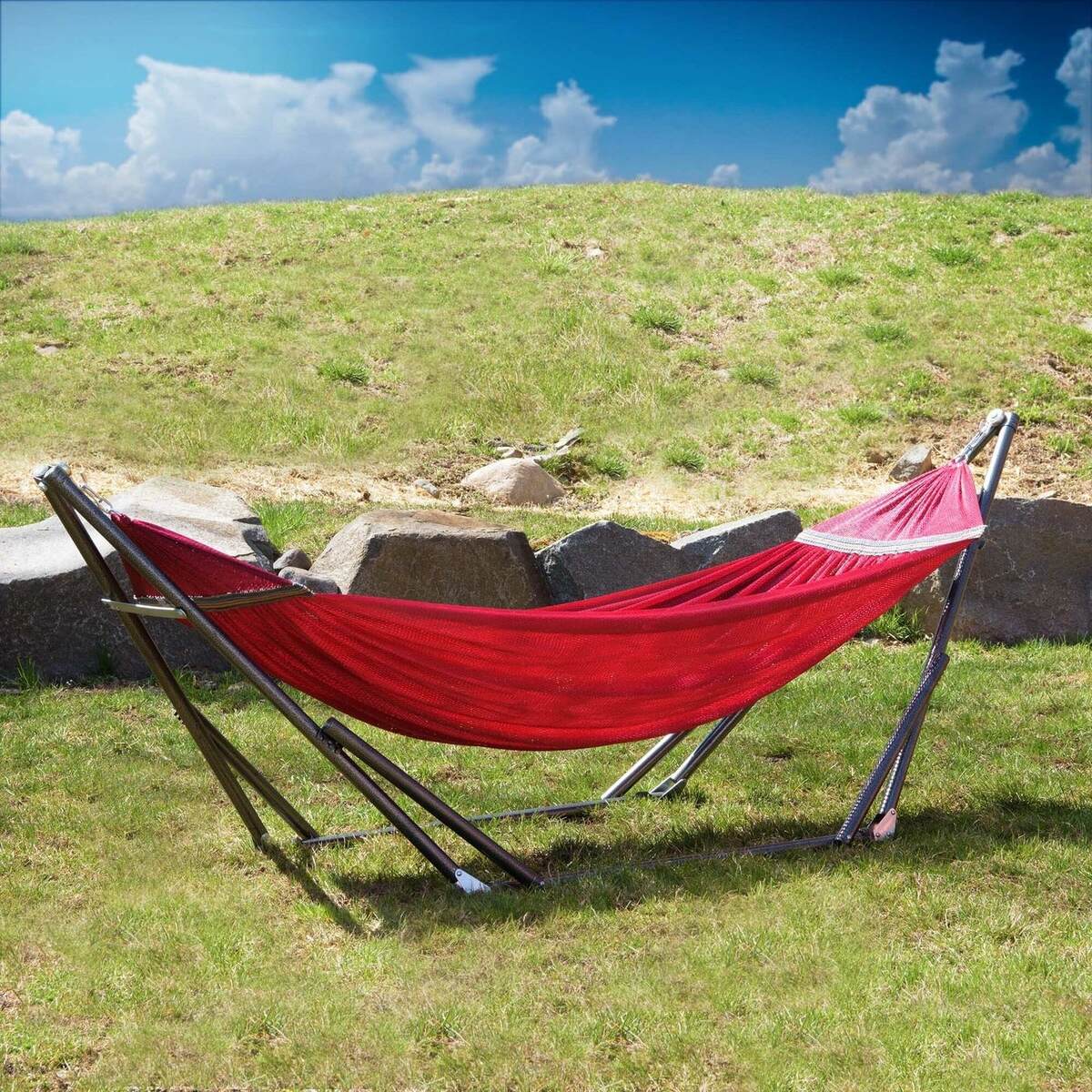

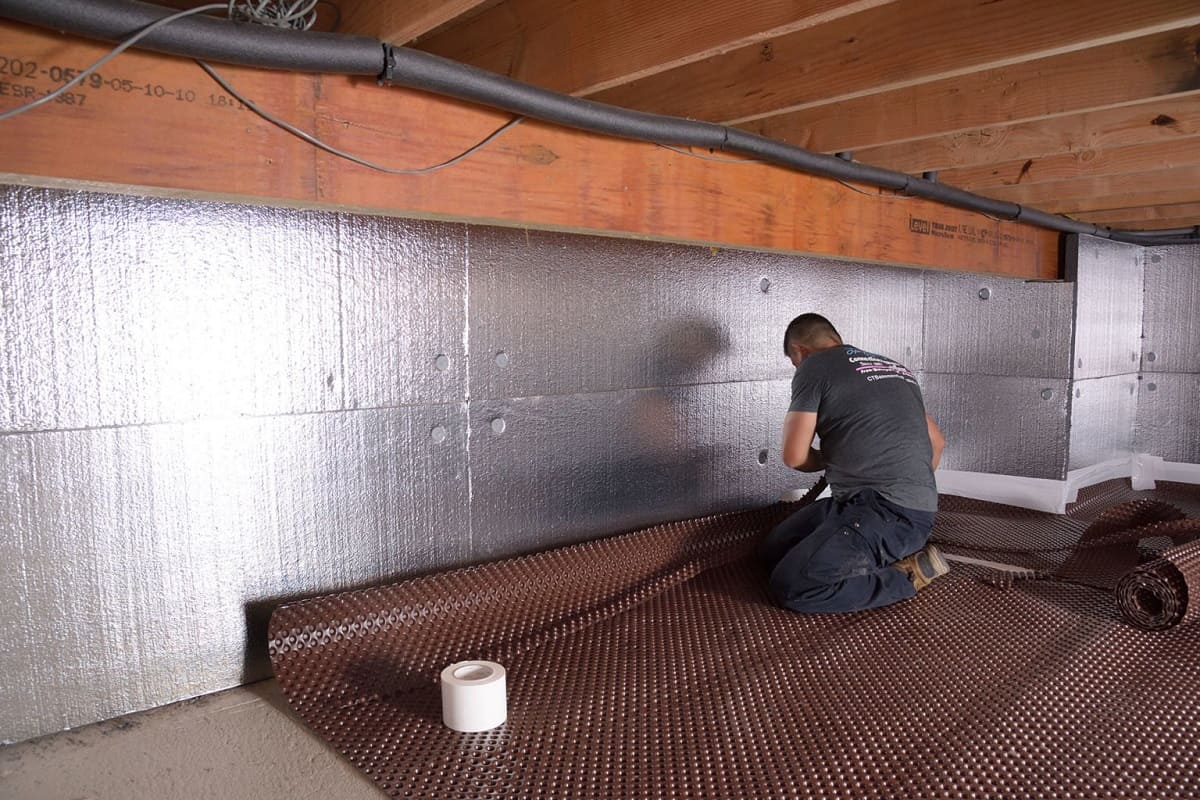

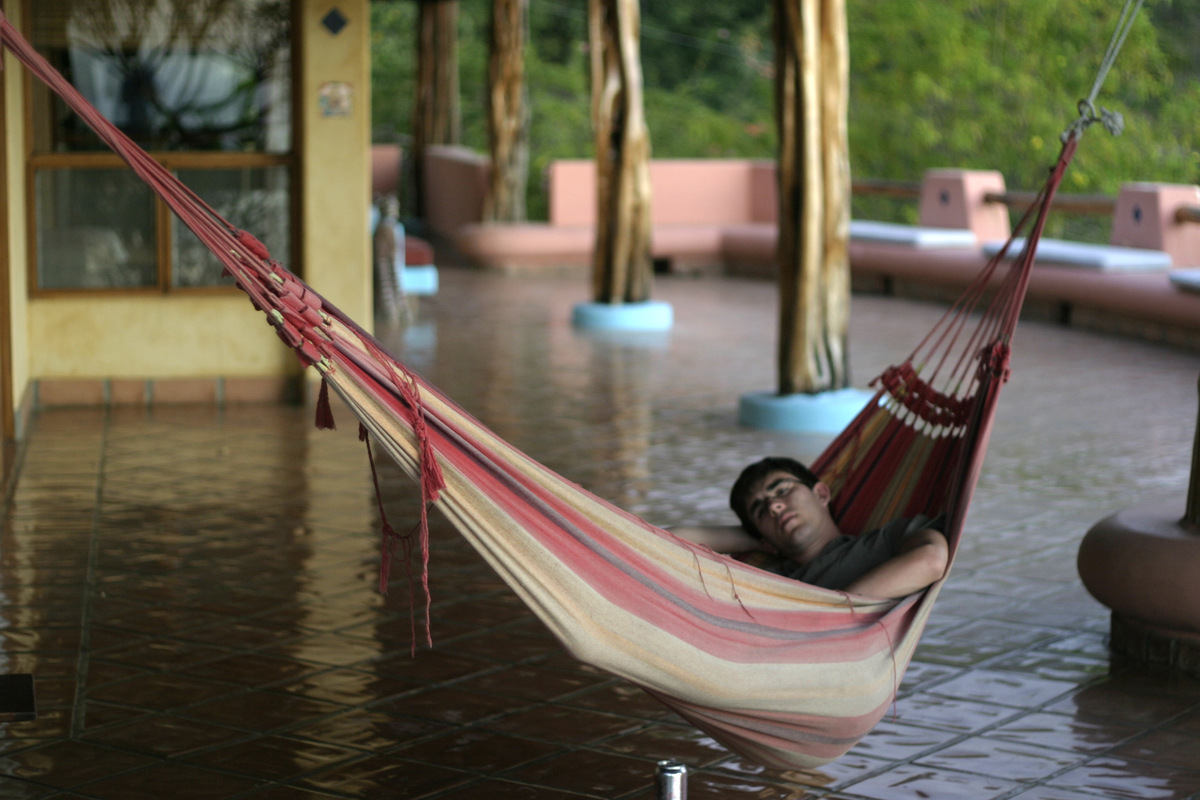

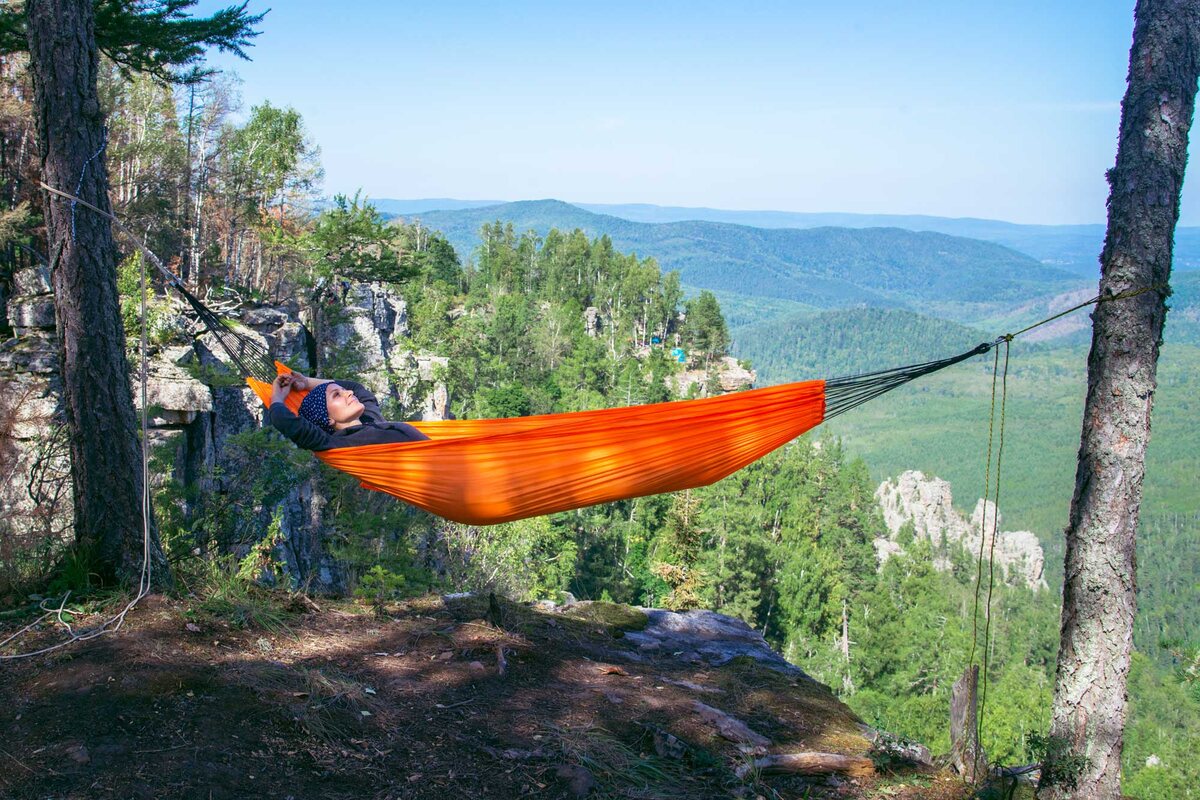
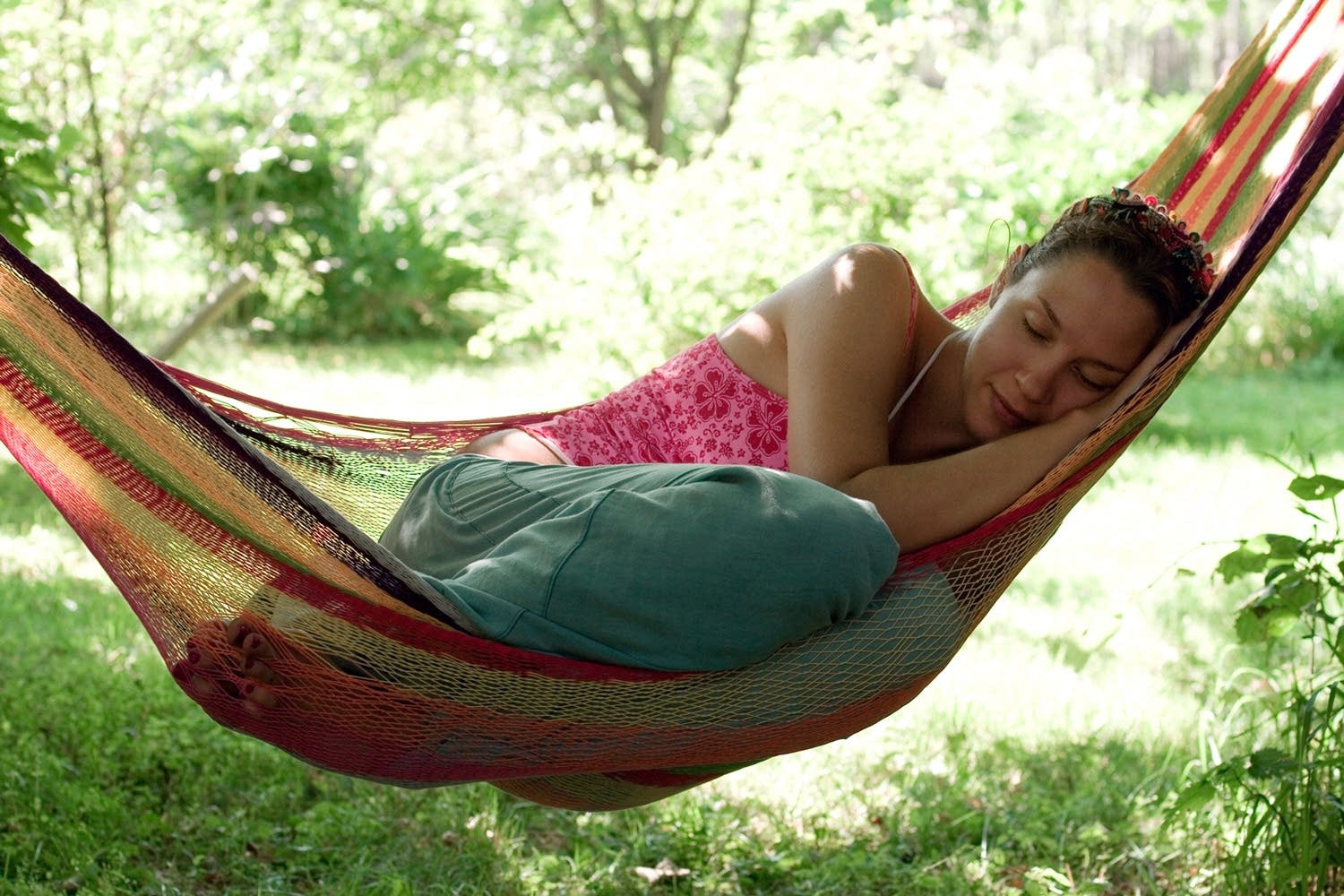
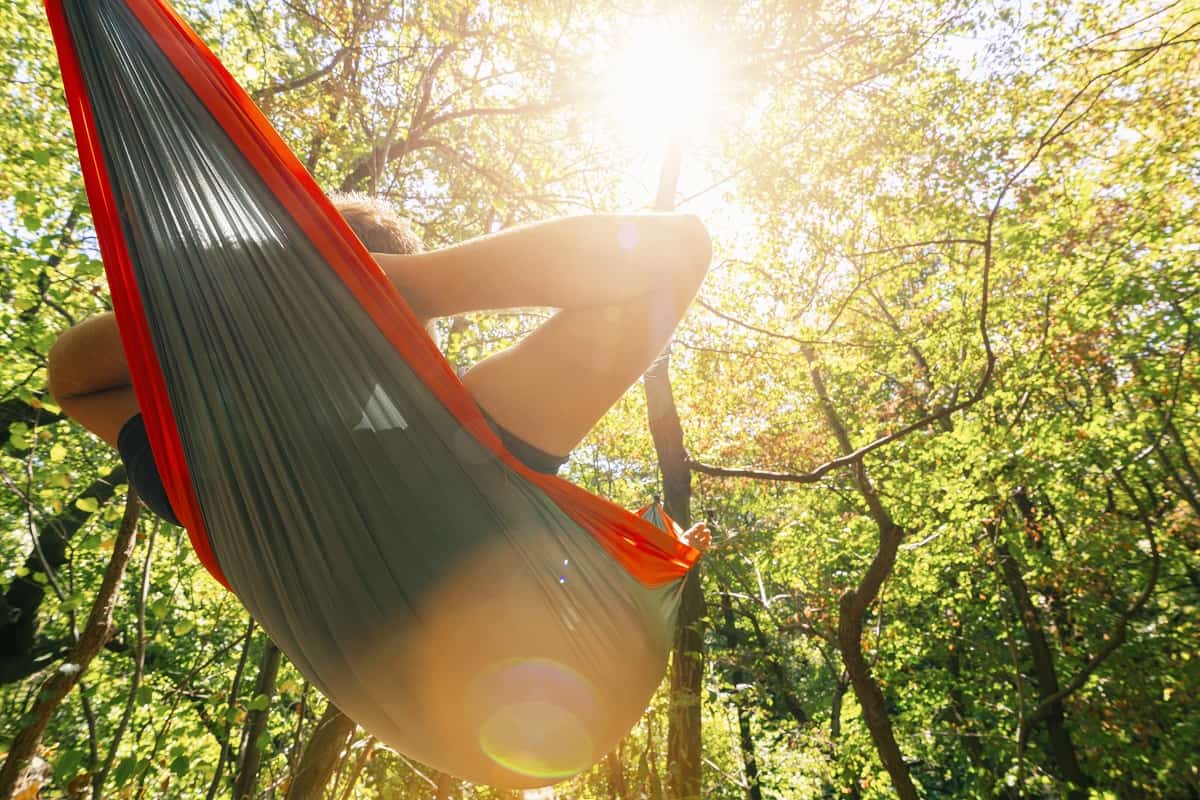
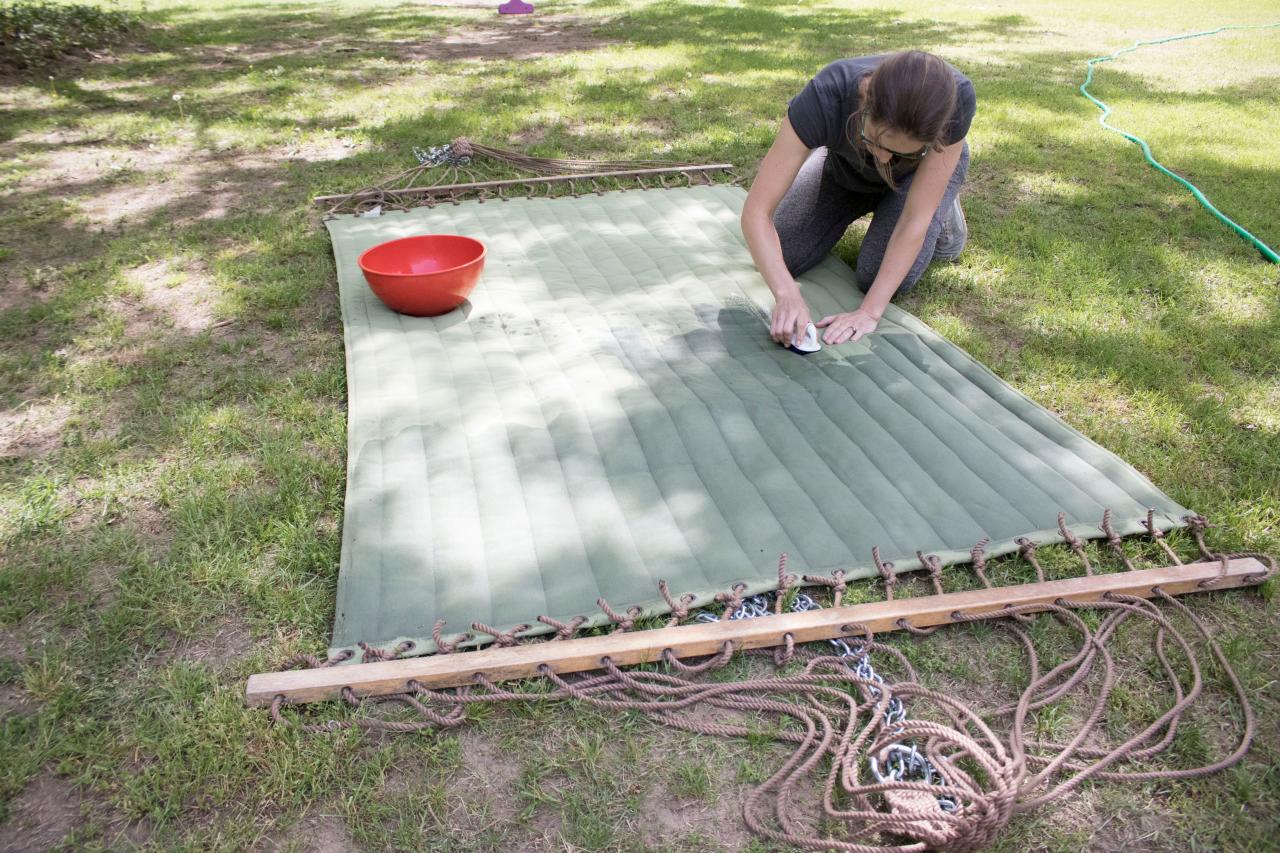




0 thoughts on “How To Stay Warm In A Hammock”